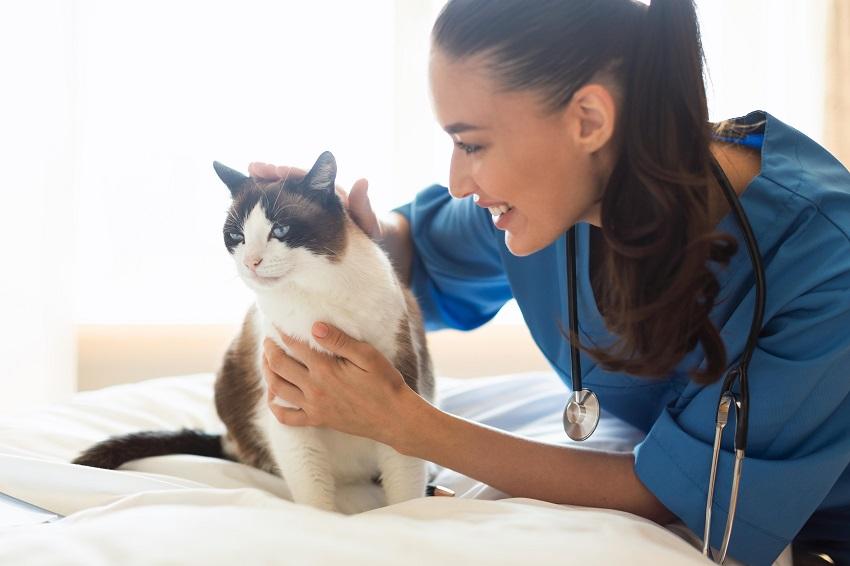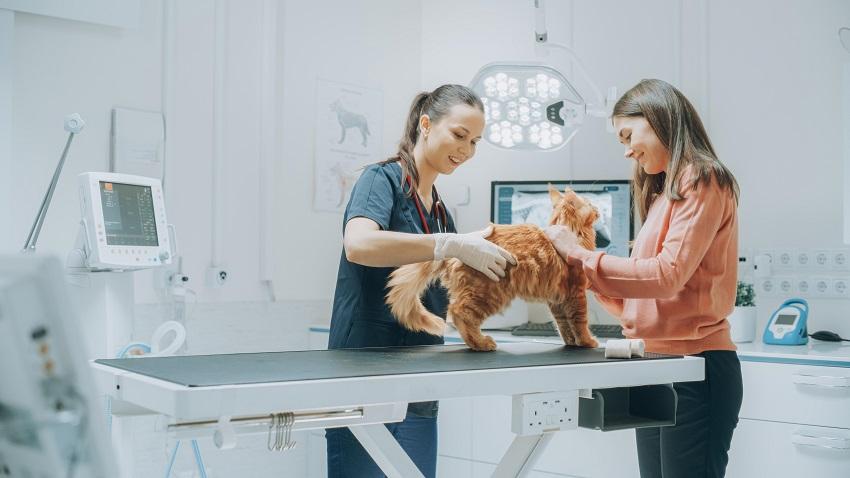Owning a pet, regardless of its type, demands providing the best care. One of the crucial aspect is the first veterinary visit check-ups every six months or for medical purposes. When you have a new pet, there will be moments of the first visit to the vet.
As it might be unfamiliar, pet owners often find themselves confused about the process, resulting in not receiving the appropriate service. Here are some tips to ensure a smooth first visit to the veterinarian:
First Veterinary Visit
1. Bring your pet in a safe place
Before taking your pet to the clinic or veterinary practice, ensure you have a safe and comfortable place to put them, especially for cats or puppies. You can purchase a pet carrier at your favorite pet shop.
Specifically for cats, you can add a cloth cover when using a pet carrier. This can serve as a hiding place, making the cat feel secure in an unfamiliar environment.
2. Manage your pet in the waiting room
While in the waiting room, you may encounter other clients who also bring their pets. Therefore, you must carefully manage your pet. Avoid taking the cat out of its place, as it may become scared and run away when encountering other perceived threats.
If you bring a dog, remember to use a leash to prevent it from chasing other animals.
3. Avoid touching other animals
Continuing from the previous point, another reason to always watch over your pet is to prevent direct contact with other animals or pet owners. Some animal diseases can be transmitted indirectly through contact with other pet owners or their belongings.
Therefore, ensure your pet is not touched, and you should refrain from touching other clients’ animals as well.
4. Gather all essential information about your pet
When in the examination room and the veterinarian begins the anamnesis or asks for all information regarding the pet, you need to be prepared. Provide all necessary information for patient data collection.
Additionally, clearly state your purpose for visiting the veterinarian, whether it’s for a health check or therapeutic purposes for your pet.
Speak comprehensively and coherently because you are the spokesperson for your beloved pet.

5. Convey information truthfully
Apart from providing information as needed for data collection by the veterinarian, the most crucial thing is honesty. Convey accurate information about the details of your pet’s condition.
Equally important, mention if you have given something like medications or vitamins to your pet before coming to the vet. This will greatly assist the veterinarian in providing an accurate diagnosis.
6. Personally accompany your pet
Since animals cannot speak for themselves, the veterinarian needs the owner to come and accompany their pets. This is logical, as the owner is always in close contact with and observes the movements of the pet.
Never think of entrusting the animal to someone who does not understand its condition, or worse, sending the pet to the vet through online motorcycle taxis and leaving it there. Not only will it not solve the problem, but it is also considered impolite.
7. Follow the veterinarian’s advice
After the examination is complete, the veterinarian will explain the diagnosis, prognosis, or condition prediction, and the therapy to you as the owner. Make sure you listen carefully to what the veterinarian says. If something is not understood, you have the right to ask questions. Do not assume things on your own, so the therapy can proceed as it should.
***
One more thing, do not think you know everything just because you have read information from the internet. If there are things that seem contrary to the information you obtained, ask for time for discussion. Veterinarians are generally very open to client education as long as you can maintain a good attitude.
Visiting the veterinarian is a routine agenda that should be understood by every pet owner, especially for those who have beloved pets. Always follow the tips above to get the best and safe visiting experience for your pet, yourself, and the working veterinarian.

